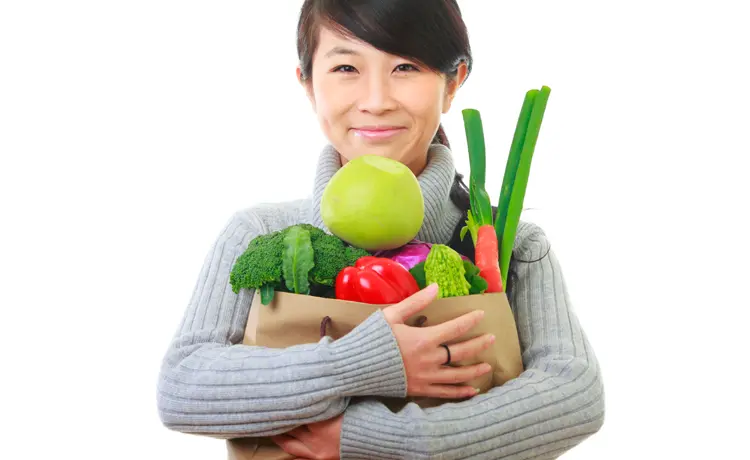Cooking doesn’t always take place inside the kitchen. For students living in dorms, mini fridges, microwave ovens and stovetop grills are often necessary for cooking and storing food. But whether you are cooking on campus or in your family's kitchen, food safety rules still apply. From washing produce to sanitizing countertops, food safety means avoiding the spread of harmful bacteria that can cause food poisoning. Learn how to properly buy, store and prepare meals with this five-step checklist. By learning how to minimize the risk of foodborne illnesses, you can keep yourself safe all semester long.
Preparing and Cooking Food Safely
 Grocery Shop with Caution
Grocery Shop with Caution
- Don't buy bruised or damaged fruits and vegetables.
- Inspect cans for dents and bulges - this may be a sign of botulism.
- Check the "best before" labels on perishable foods.
- Don't choose meat or poultry with torn or leaking packaging.
- Pick up frozen and refrigerated foods at the end of your shopping trip.
 Wash Hands and Surfaces Often
Wash Hands and Surfaces Often
- Wash your hands with soap and water before, during and after handling food.
- Clean utensils, dishes, cutting boards and countertops with hot, soapy water after each use.
- Rinse fruits and vegetables with running water before peeling. Do not use soap or detergent.
 Refrigerate Foods Promptly and Properly
Refrigerate Foods Promptly and Properly
- Keep your refrigerator below 40°F and your freezer below 0°F.
- Refrigerate perishable foods within two hours. If an item is left out for longer than this, it is best to throw it out.
- Know the time limits for refrigerated foods. Be sure to throw out leftovers before bacteria begins growing.
Learn about safe storage times for perishable foods. For storage times for eggs and foods made with egg, see the egg storage chart.
 Don't Cross Contaminate
Don't Cross Contaminate
- At the grocery store, use separate plastic bags for meat, poultry, seafood and eggs. Keep these foods away from other items in your shopping cart.
- At home, store meat, poultry and seafood away from ready-to-eat foods.
- When preparing meals, always use separate utensils, dishes and cutting boards.
- Thaw frozen foods in the refrigerator, in cold water or in the microwave. Never thaw foods on the counter.
 Use Proper Cooking Temperatures
Use Proper Cooking Temperatures
- Heat foods for a long enough time and at a high enough temperature to kill harmful bacteria.
- Use a food thermometer to make sure foods are cooked to a safe temperature. You cannot tell if your food is "done" by looking at its color and texture.
- After removing foods from the oven, stove or grill, allow it to rest for the specified amount of time.
- After cooking food in the microwave, let your plate stand for two minutes so all parts of your meal can reach the right temperature.
Learn how to safely cook meat, poultry and seafood by checking the minimum cooking temperatures chart.
For information on preparing quick and nutritious meals, browse the QuickSeries® library of guides, including Healthy Quick-Fix Dinners.
